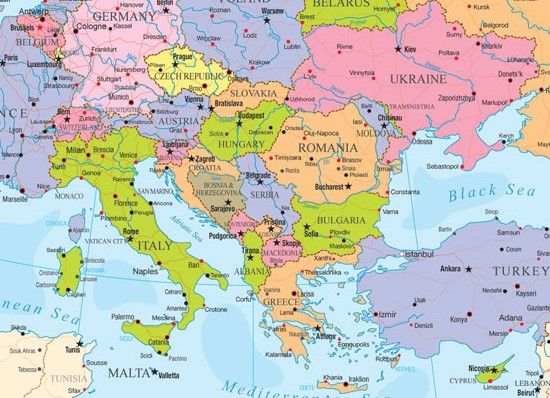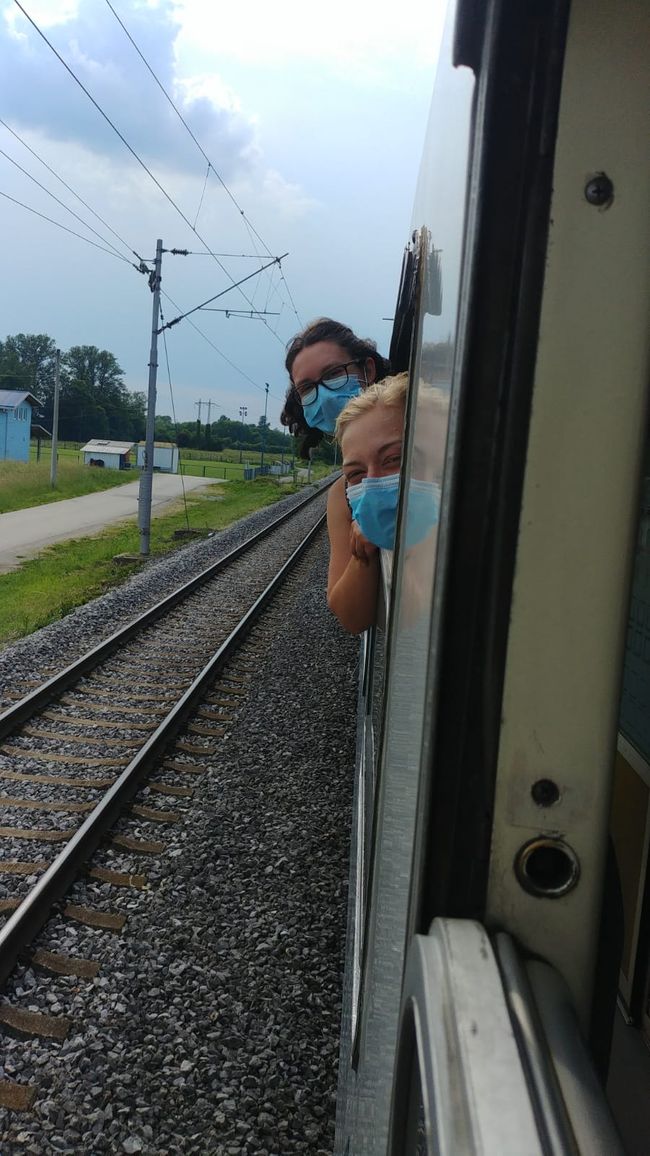Vesuv and Pompeii - a Journey into Antiquity
Published: 05.08.2021
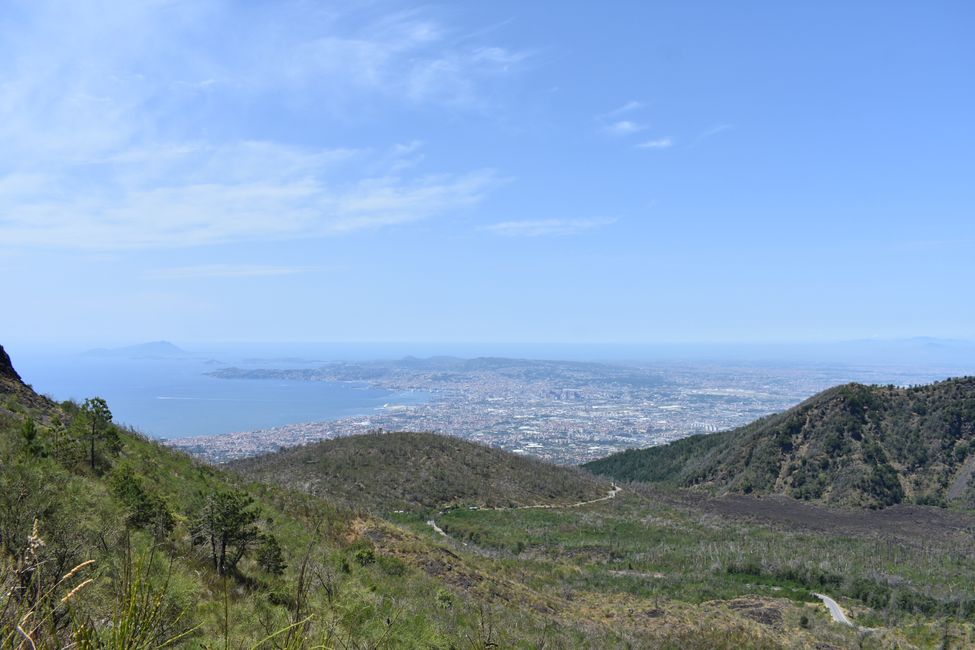
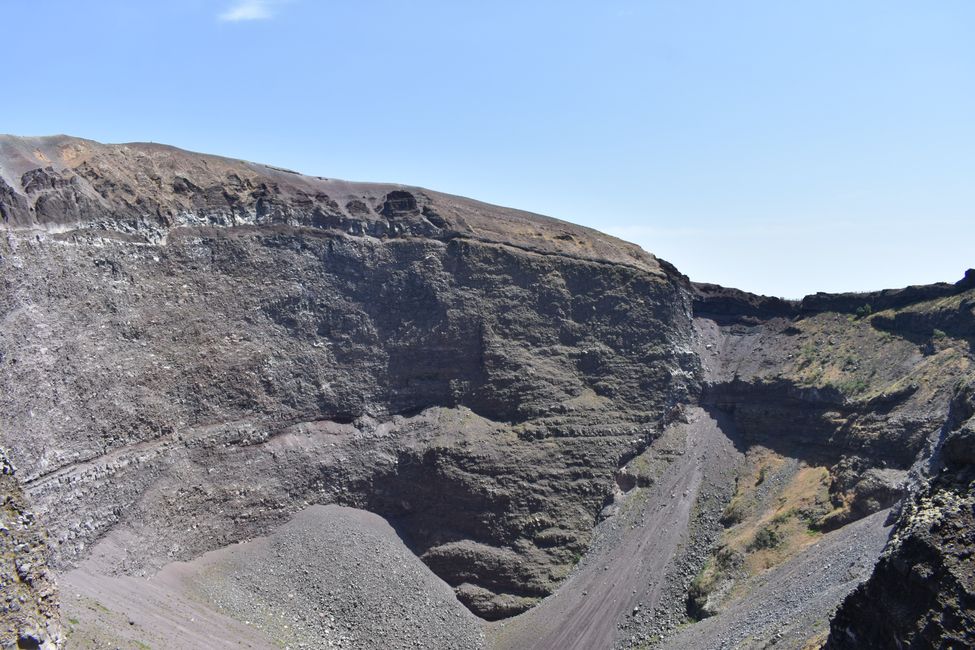
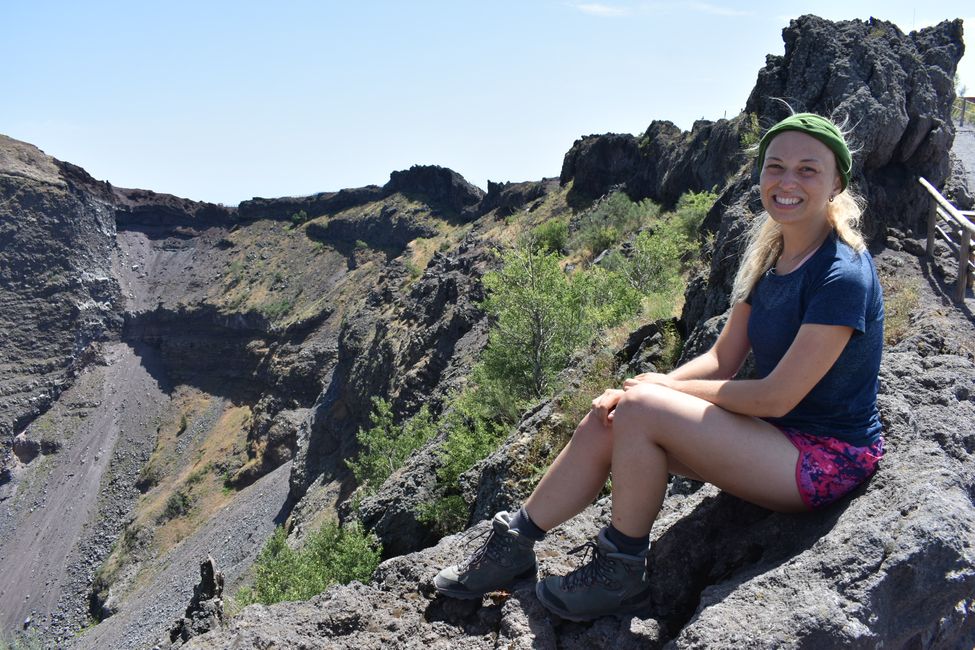
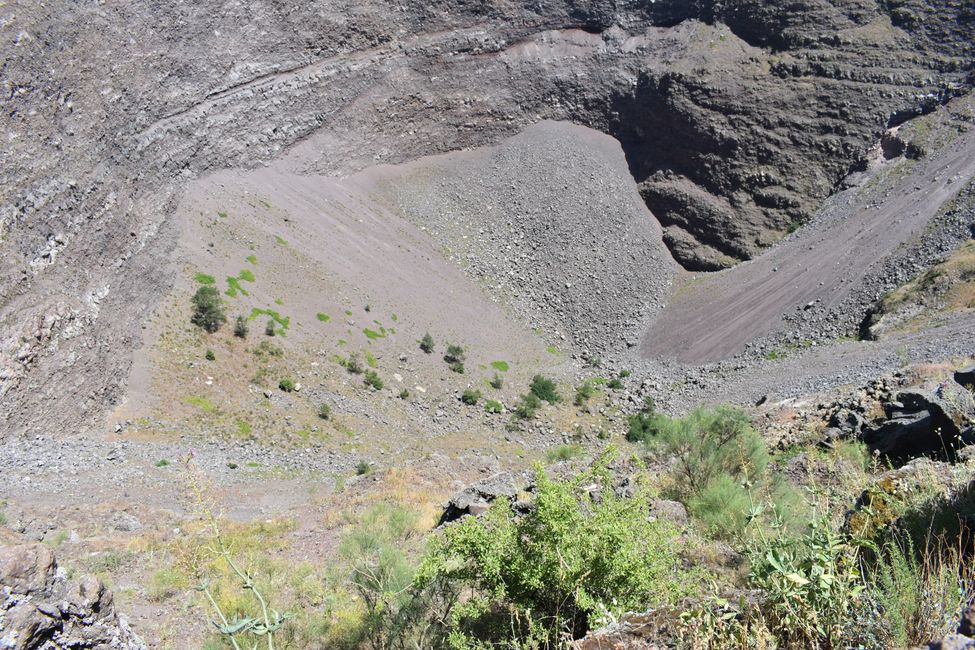
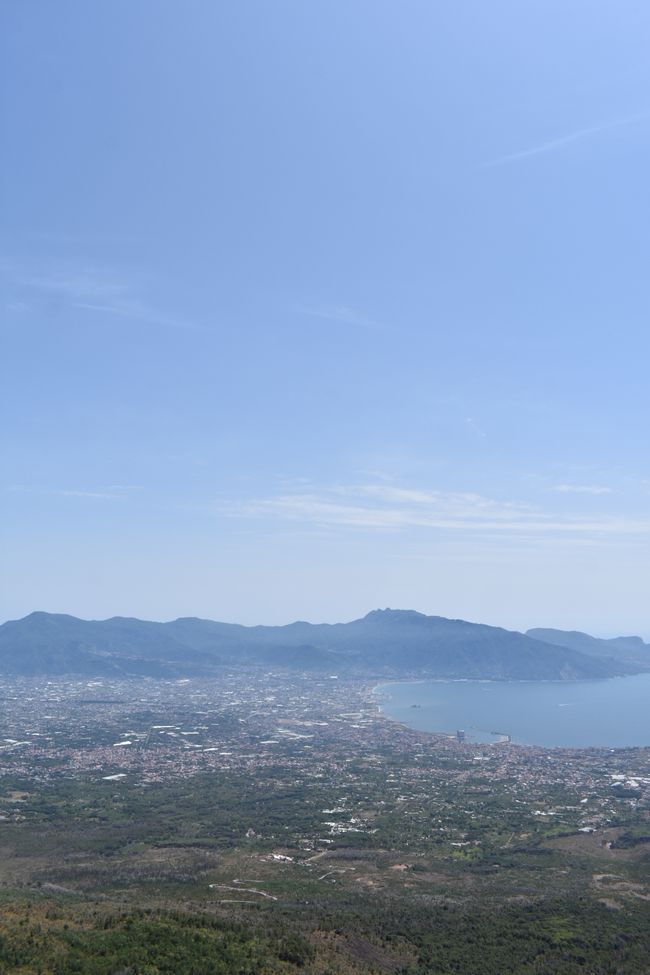
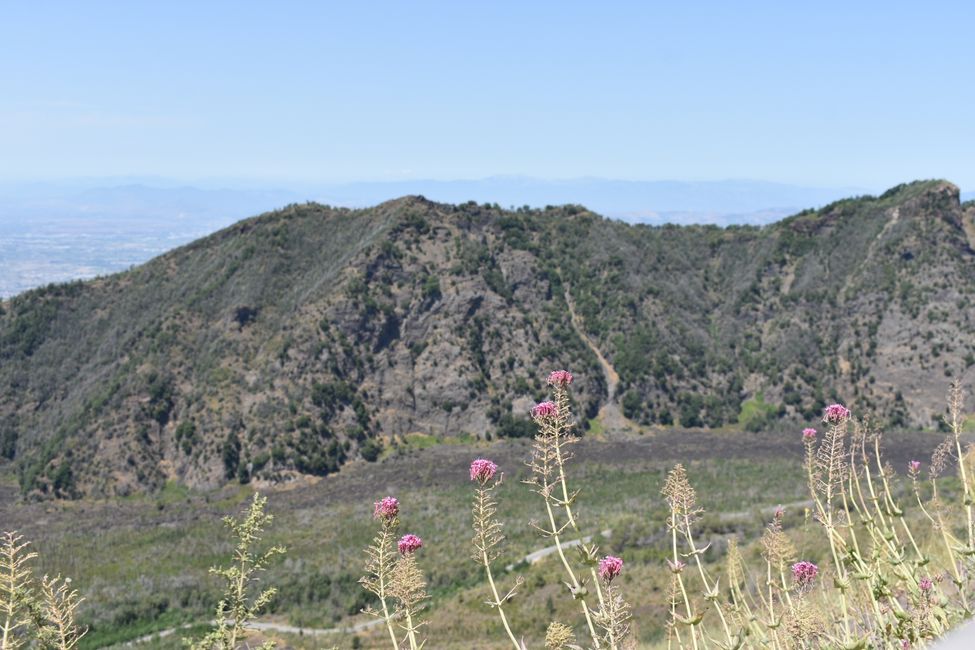
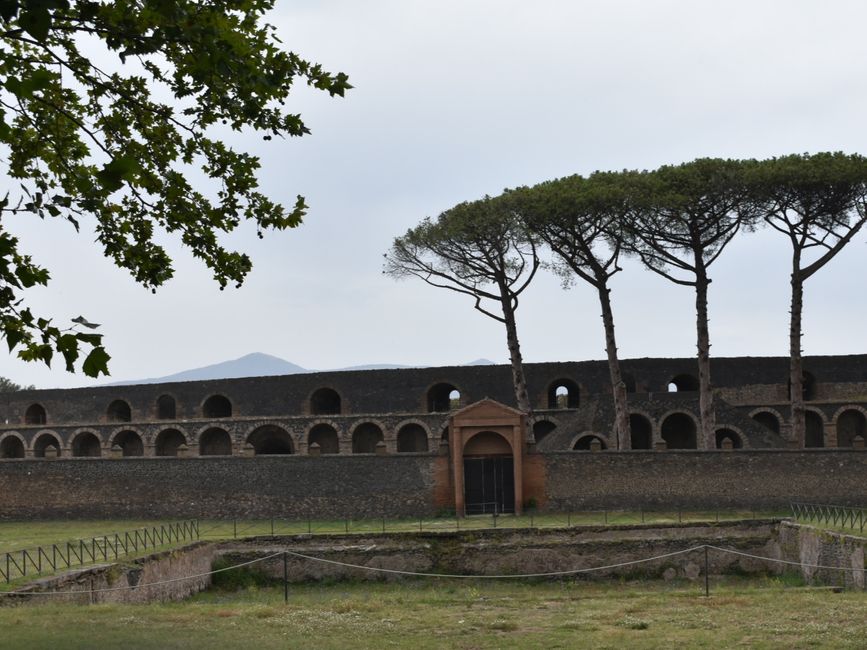
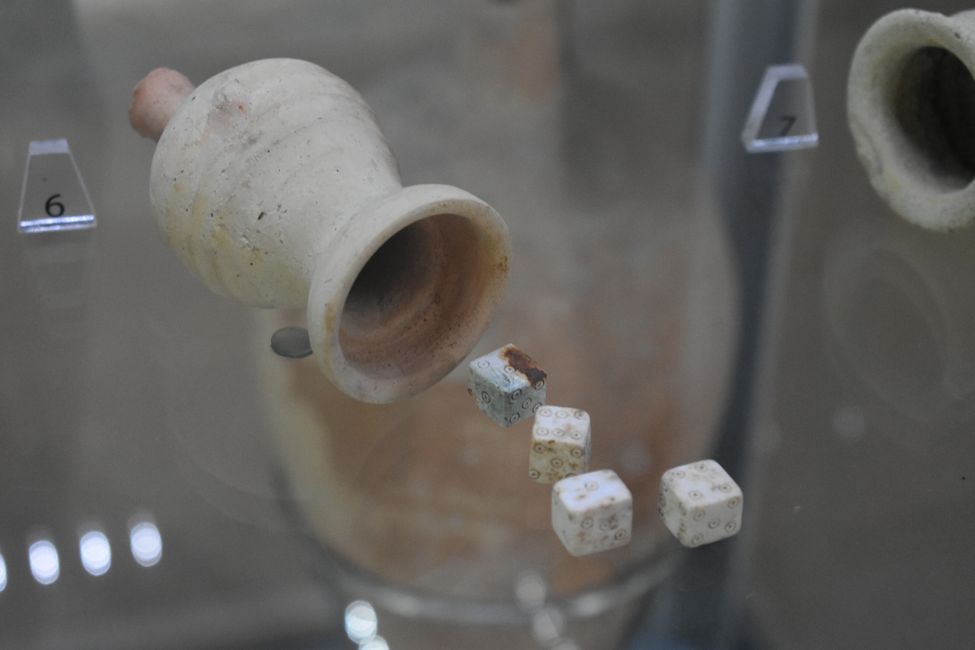
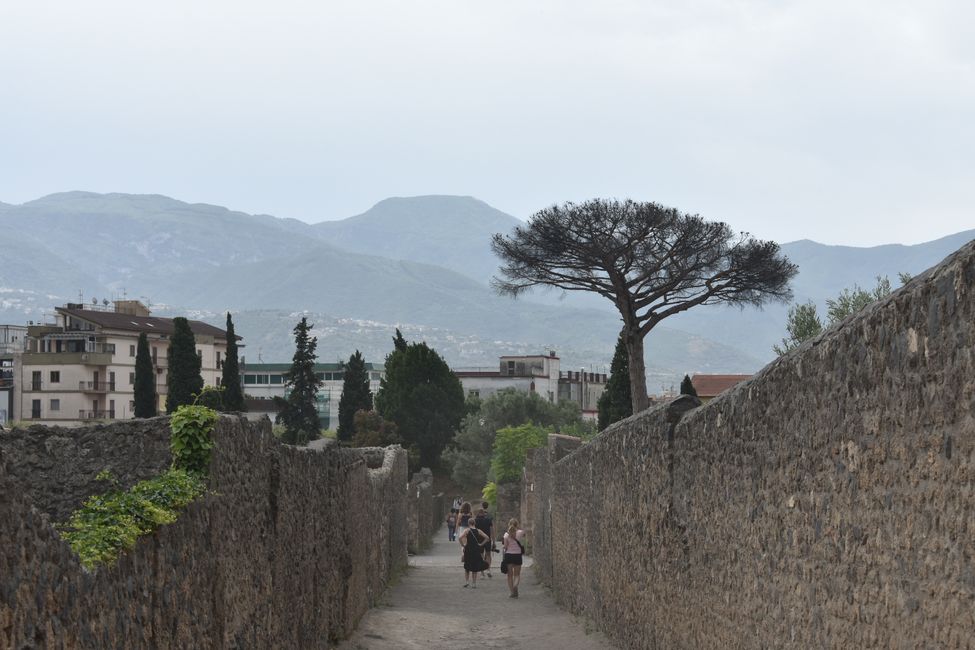
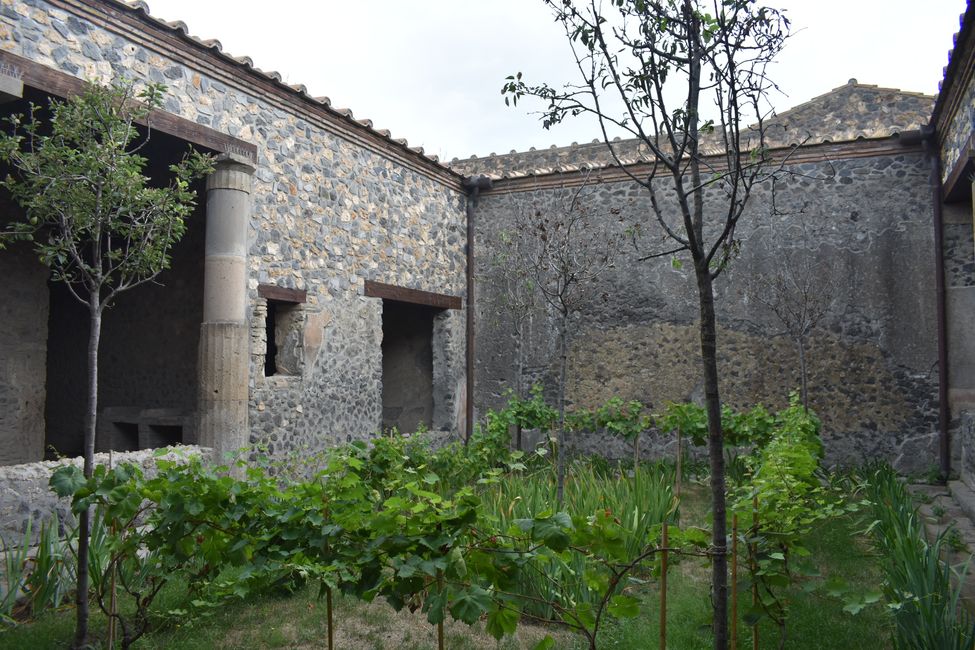
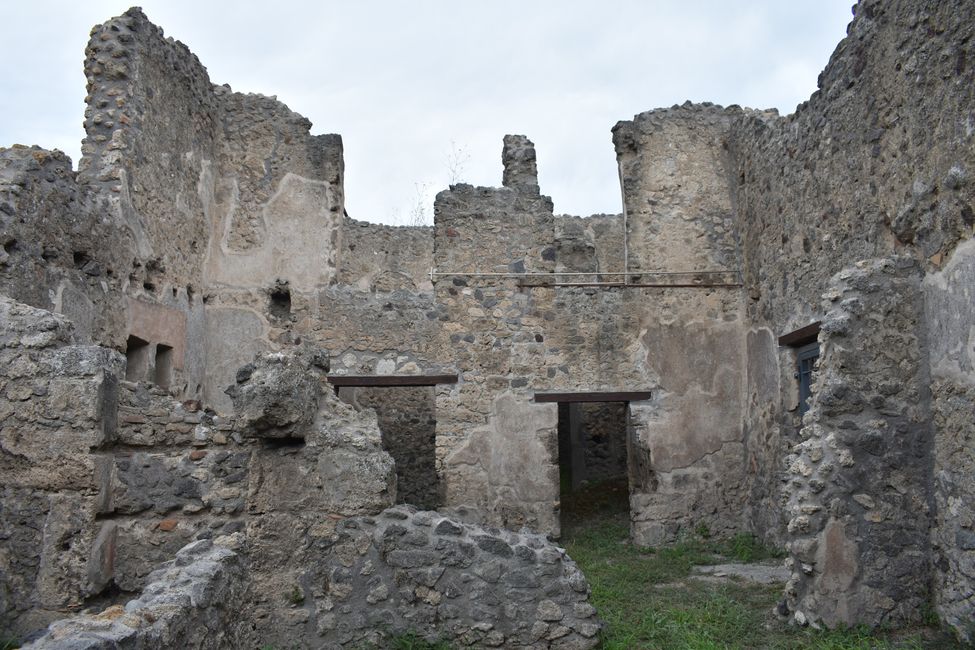
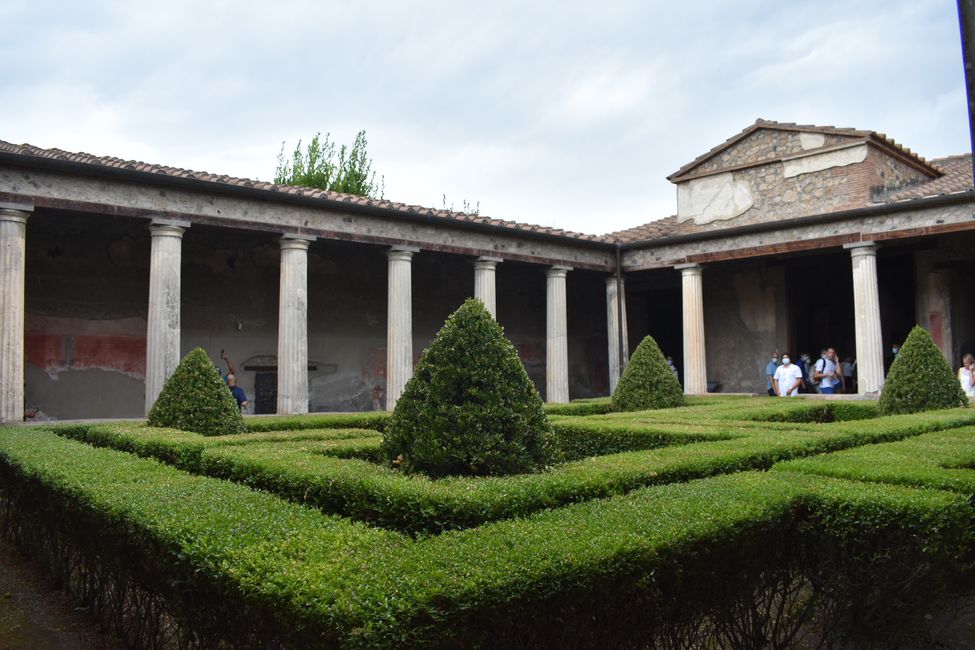
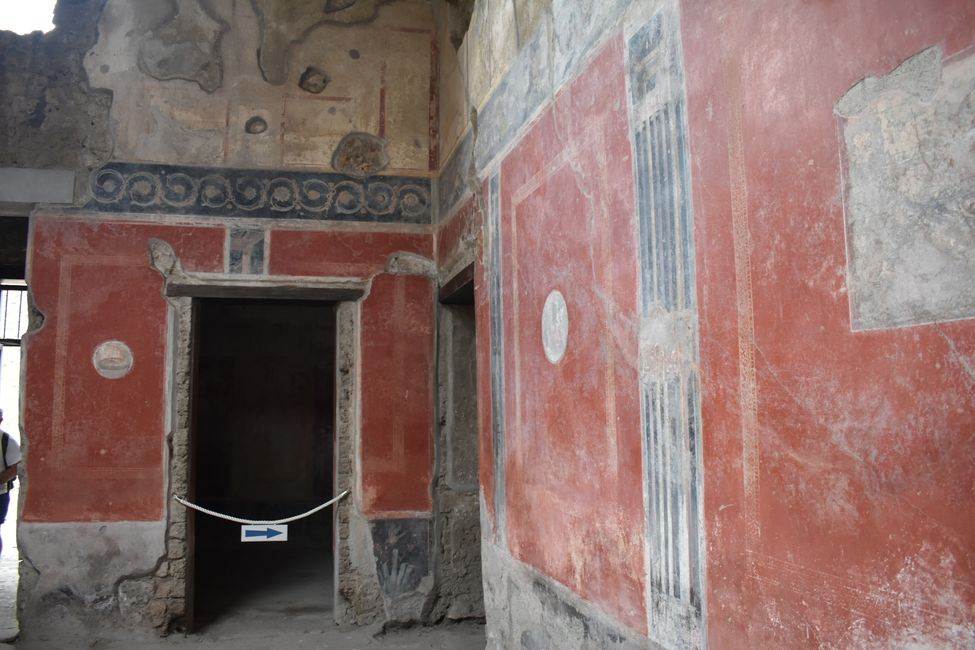
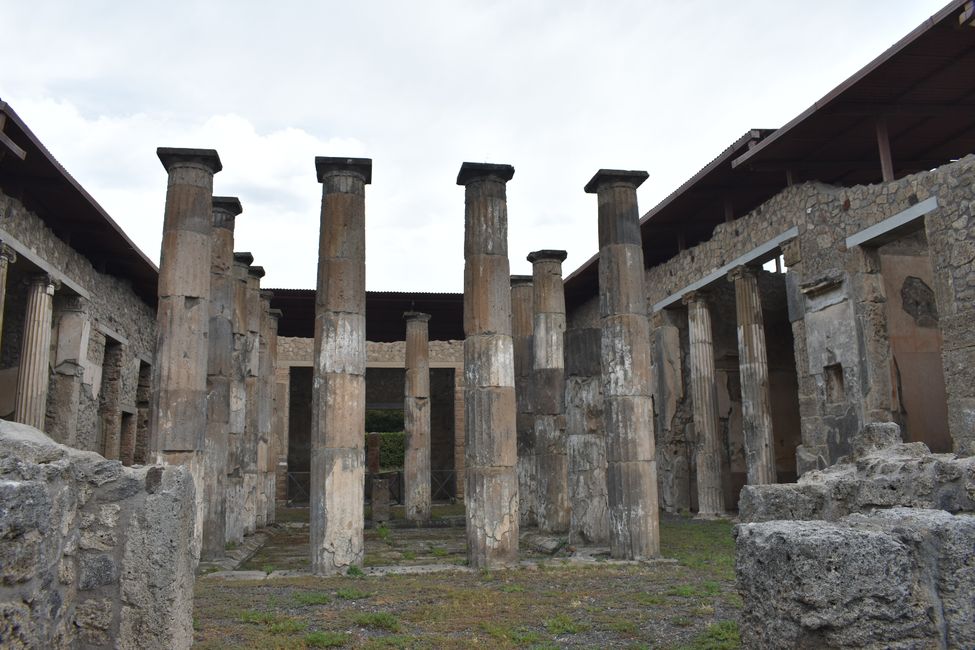
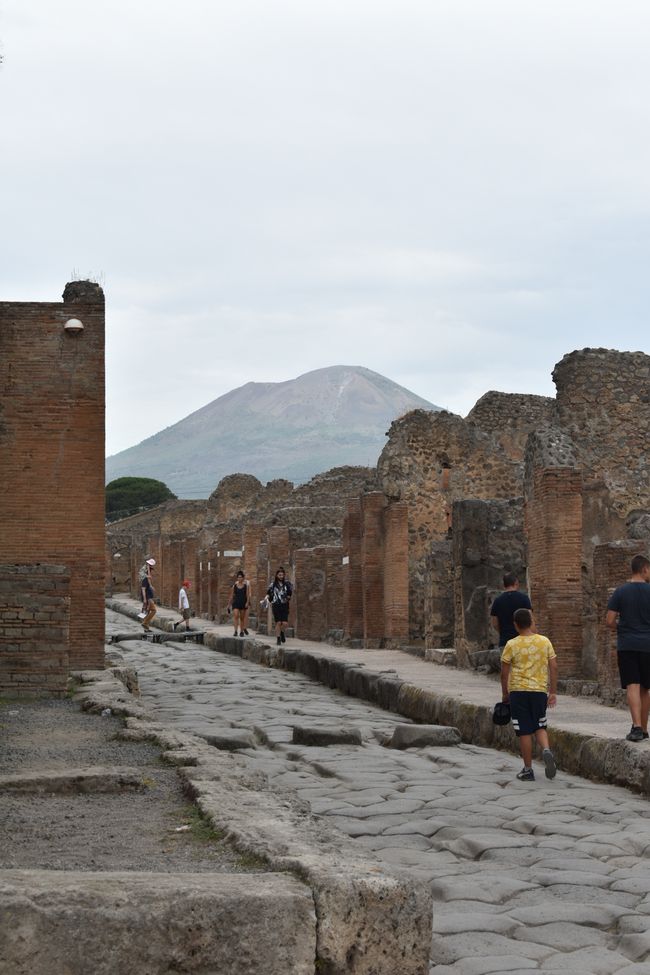
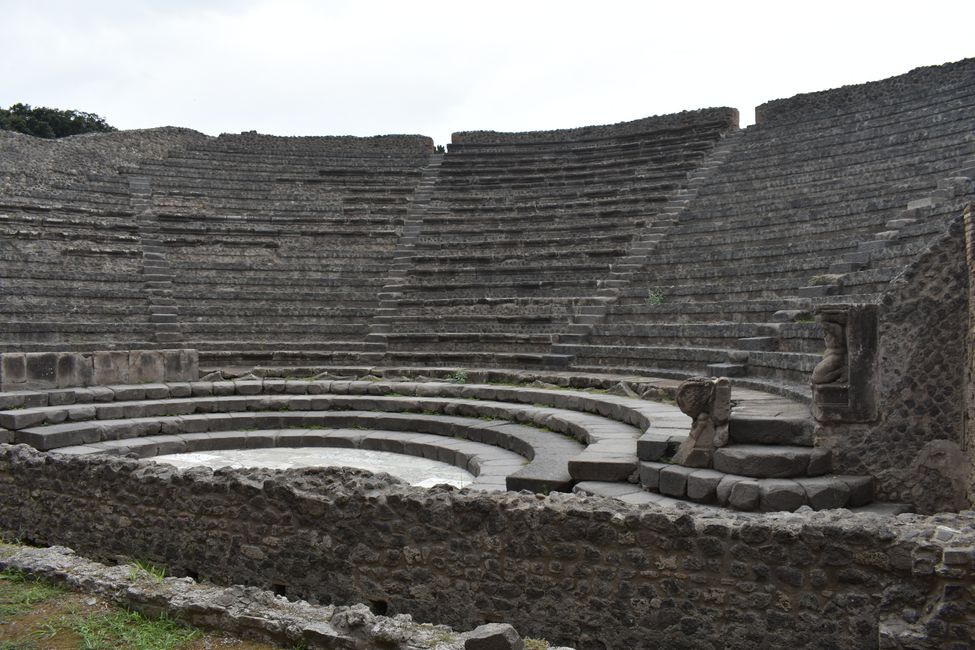
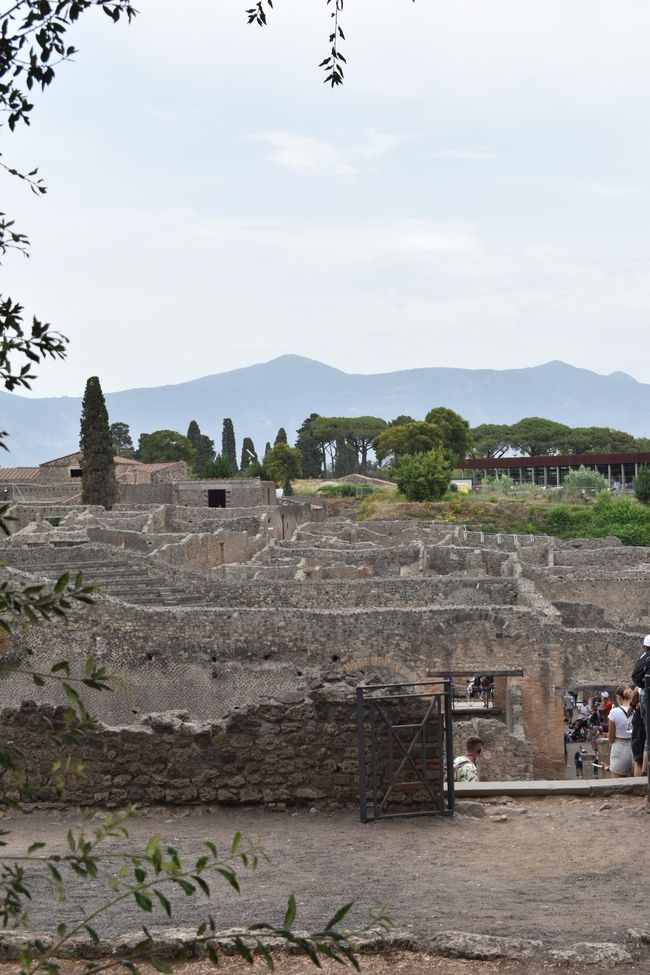
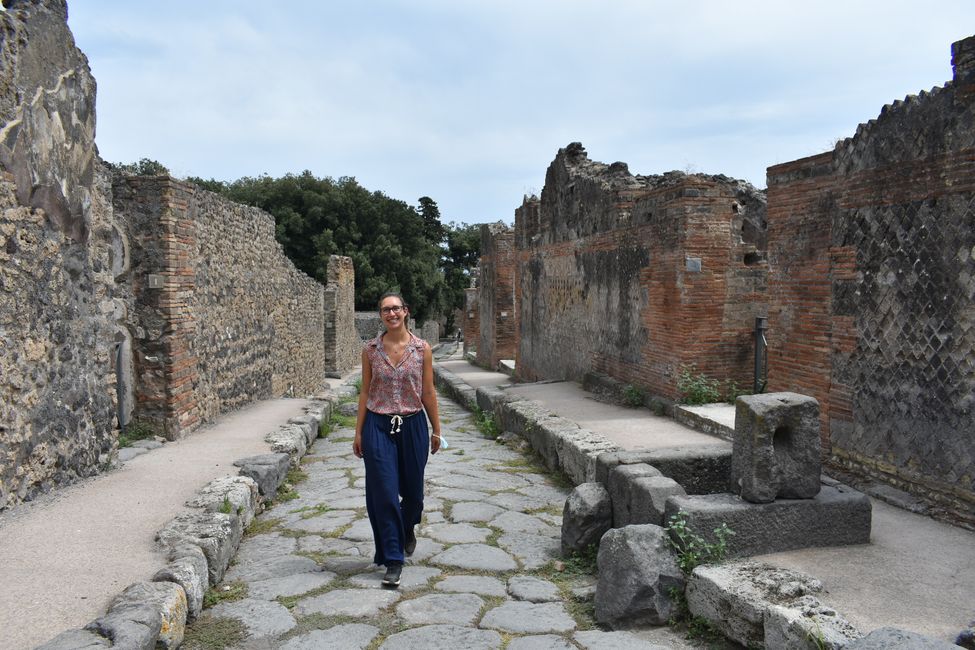
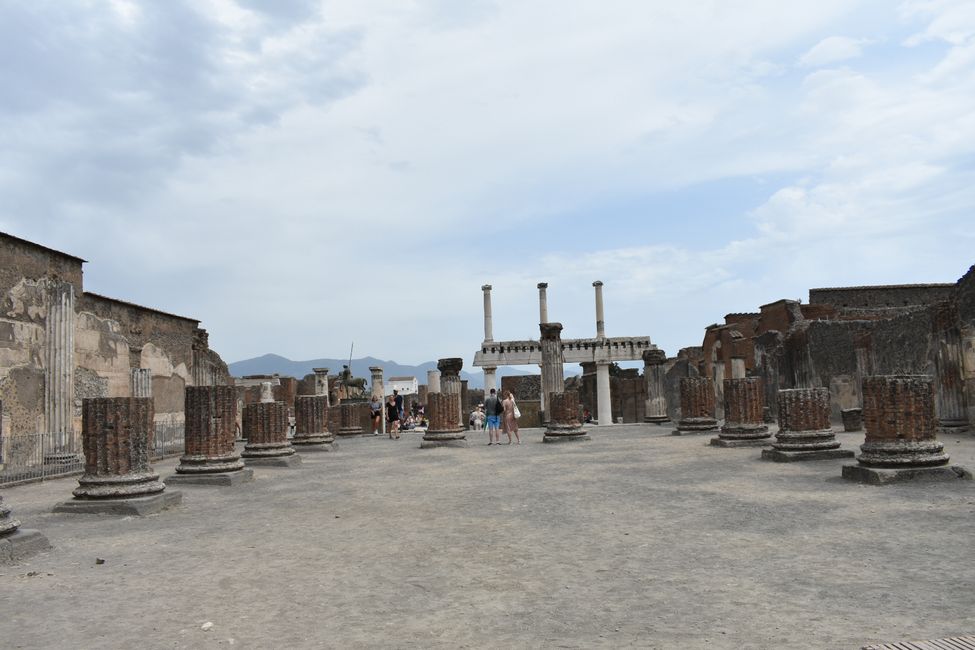
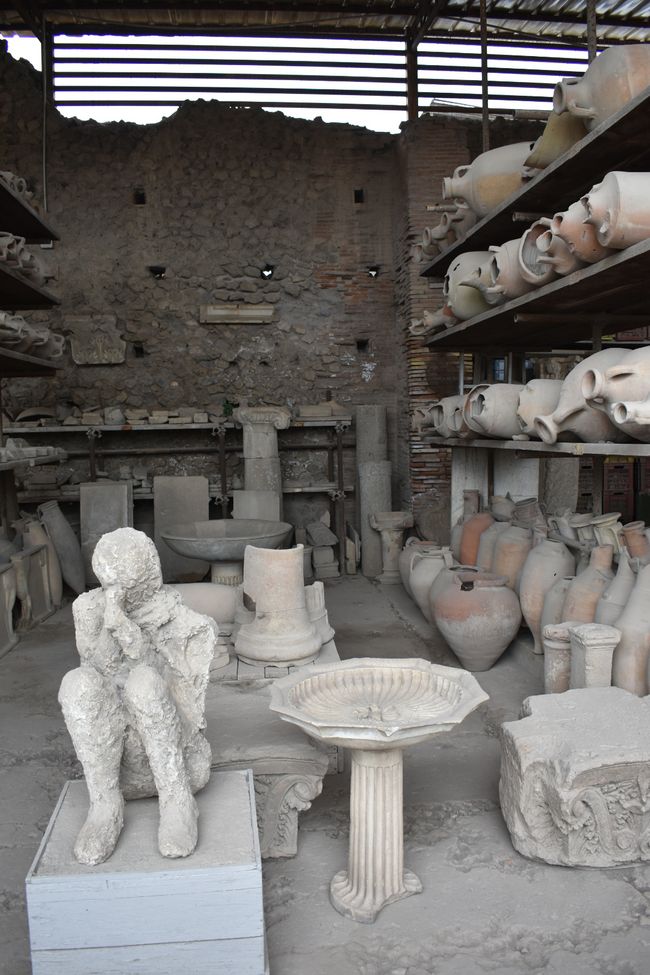
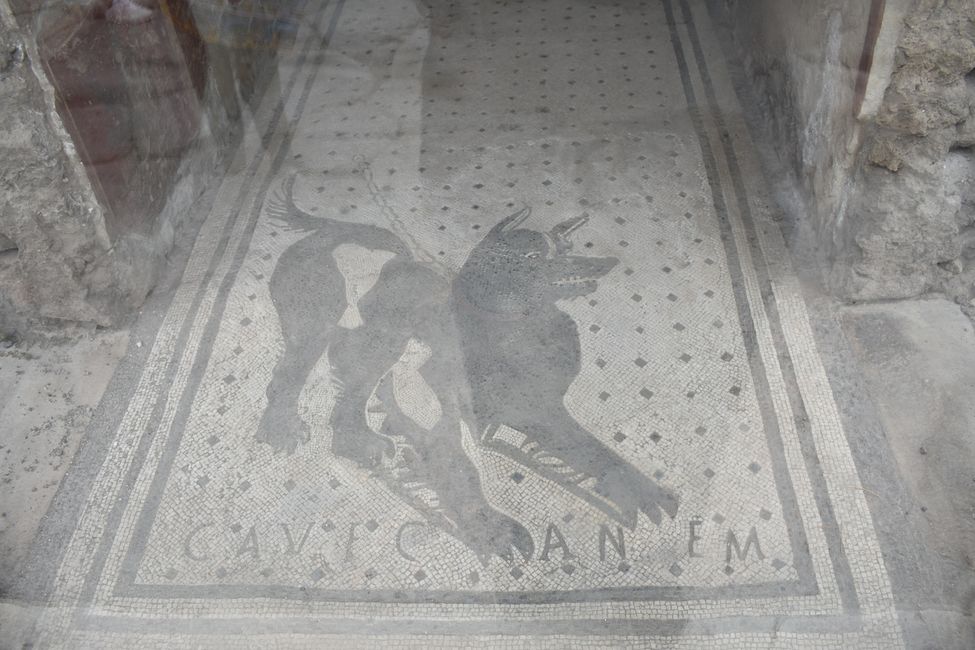
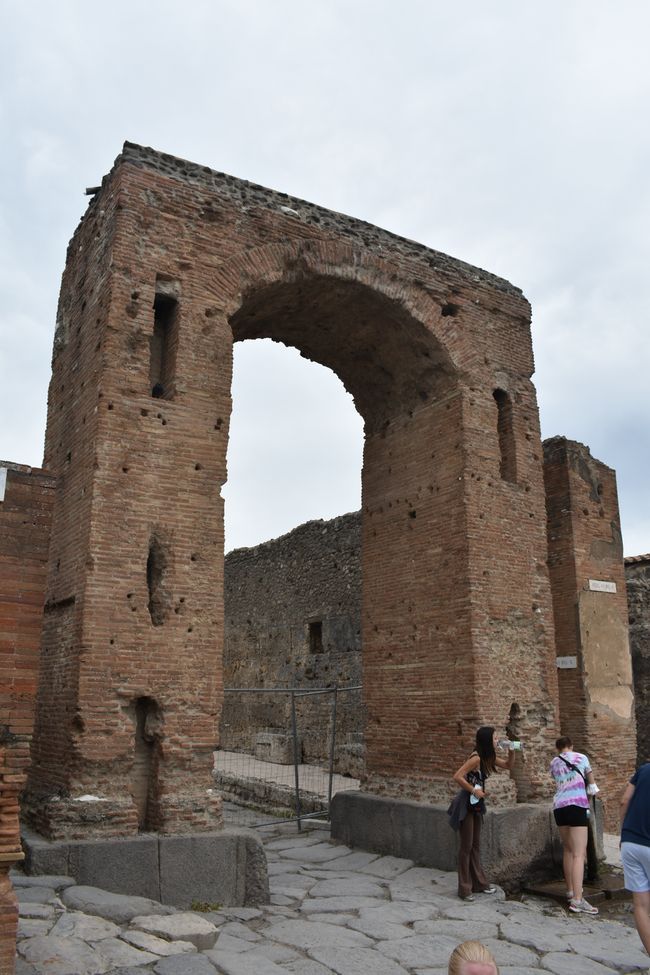
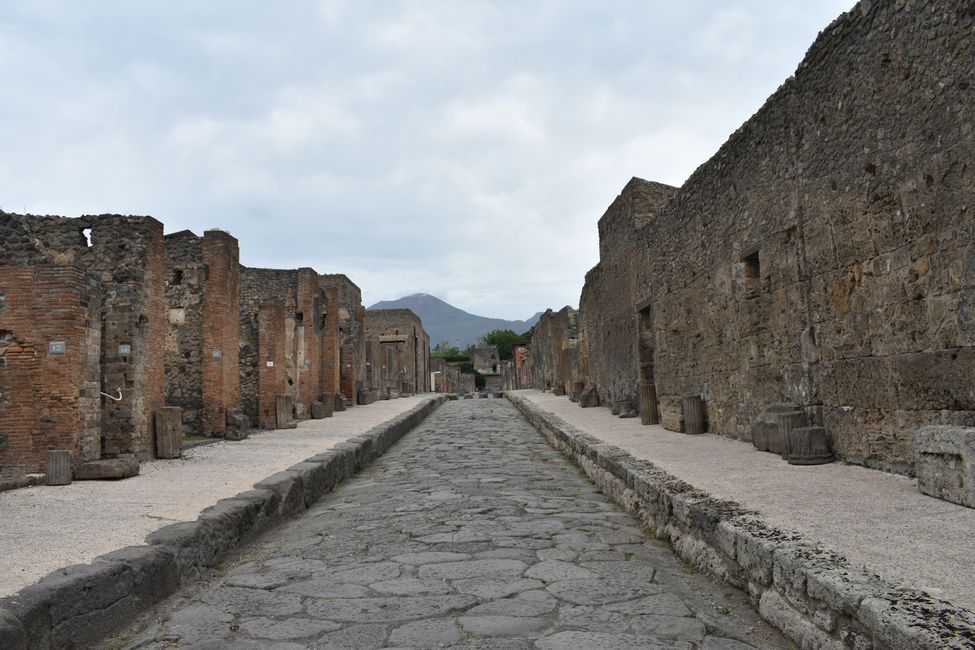
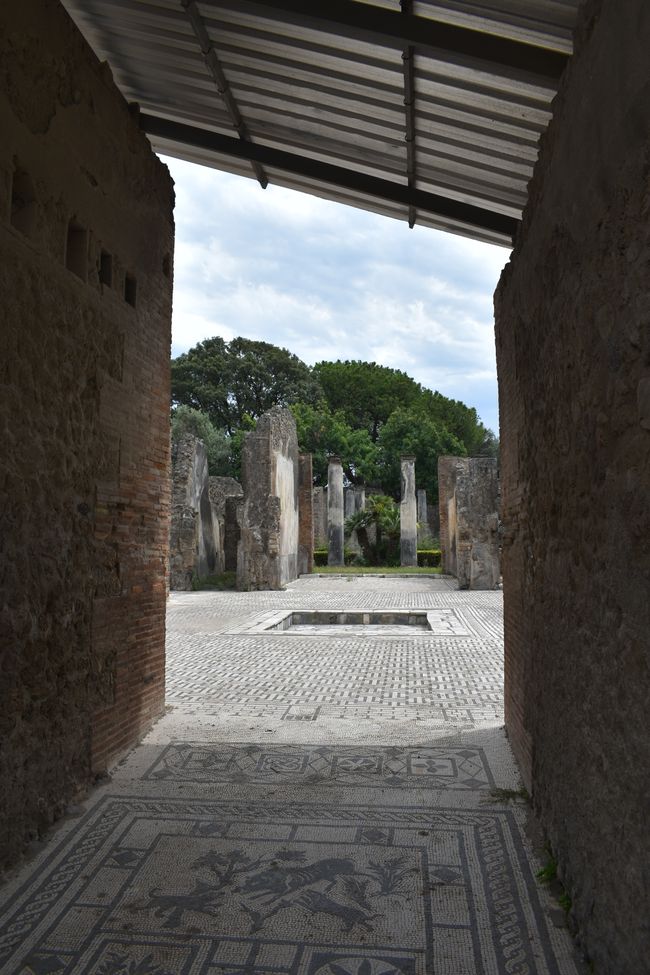
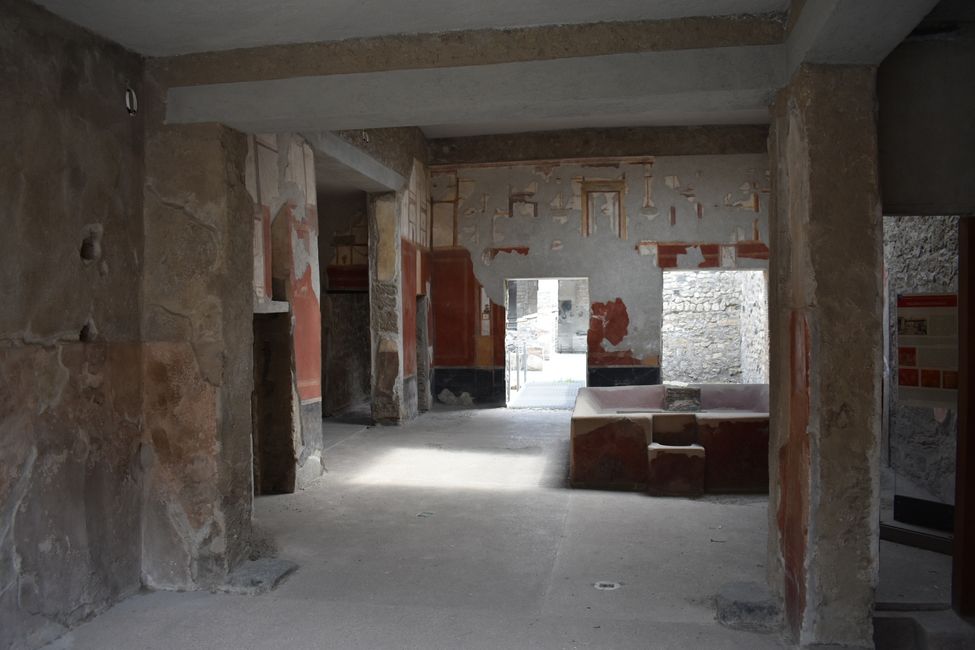
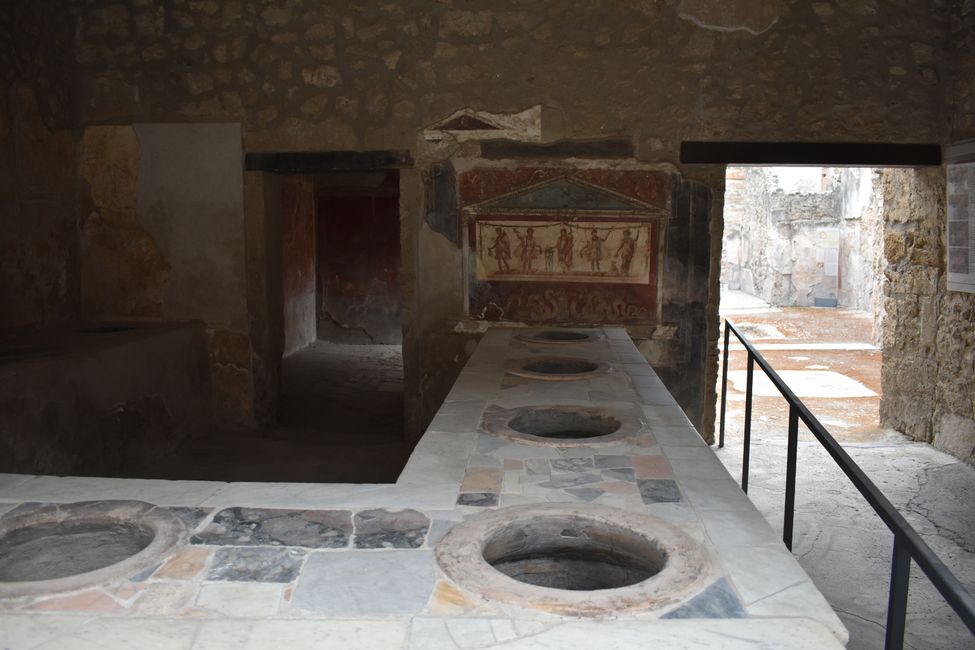
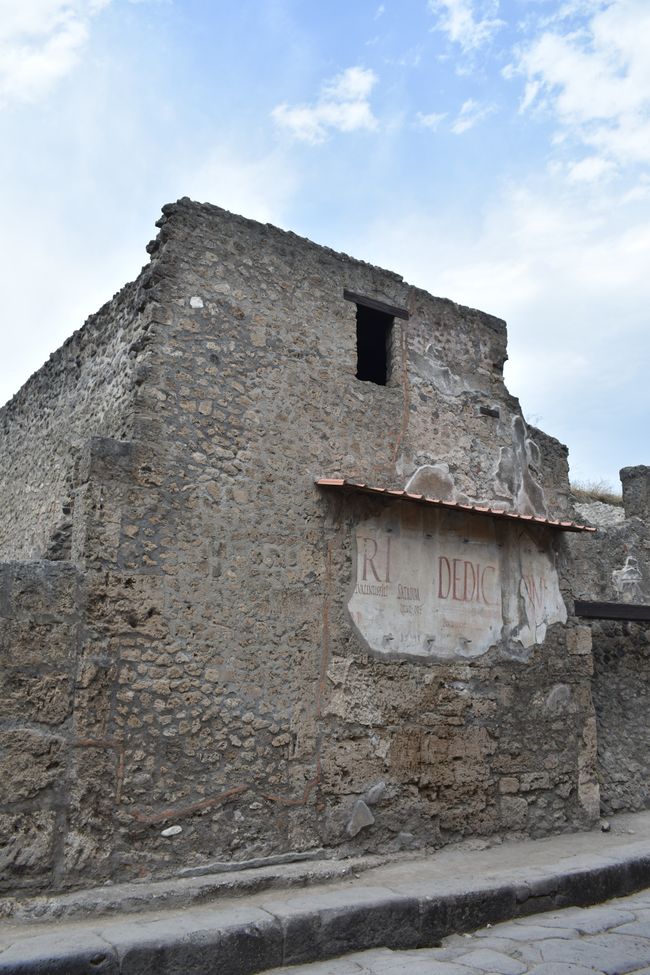
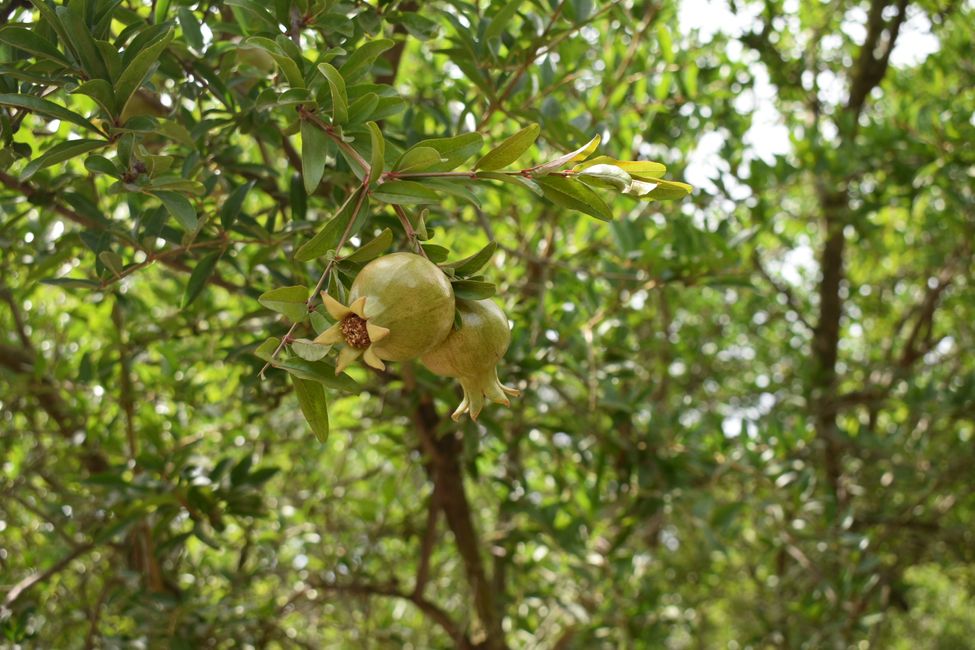
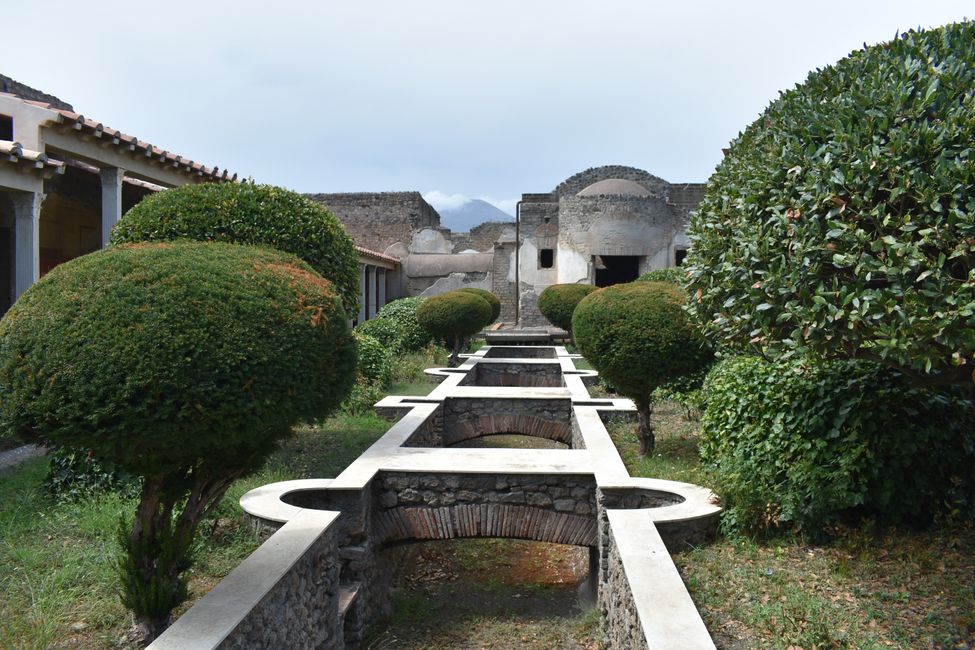
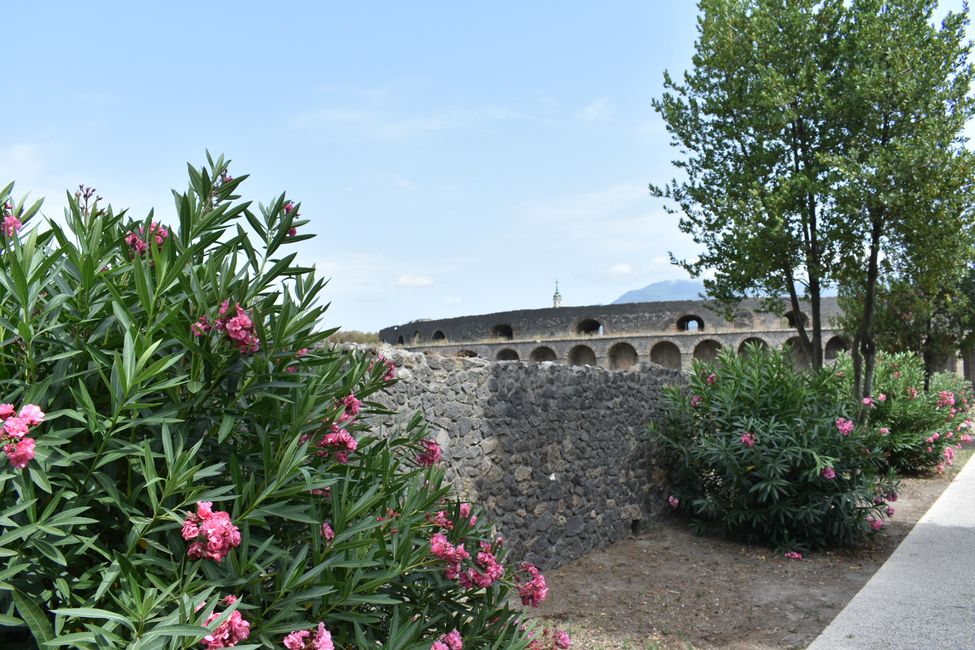
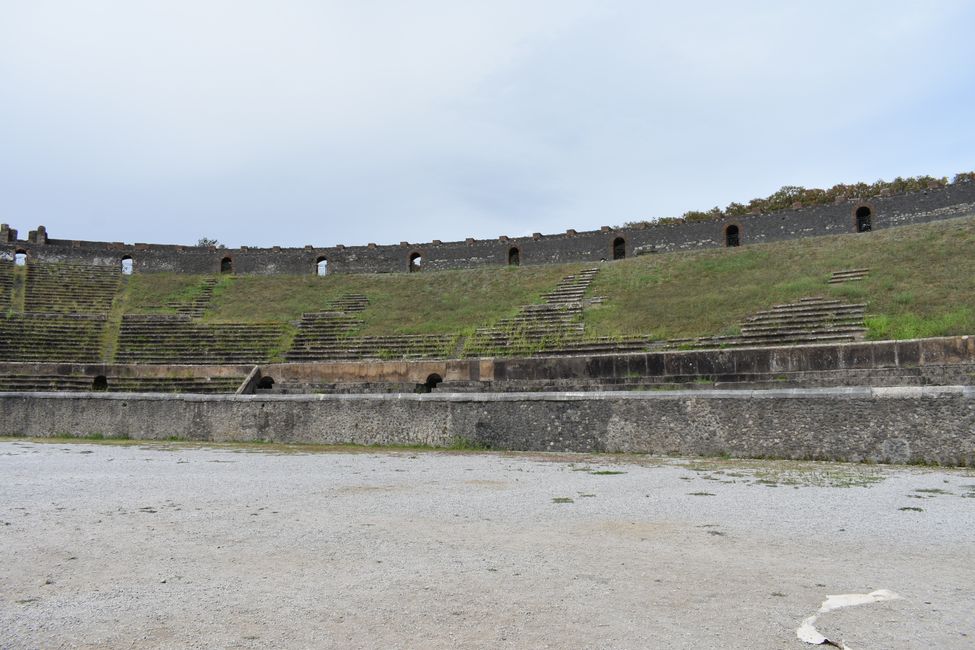
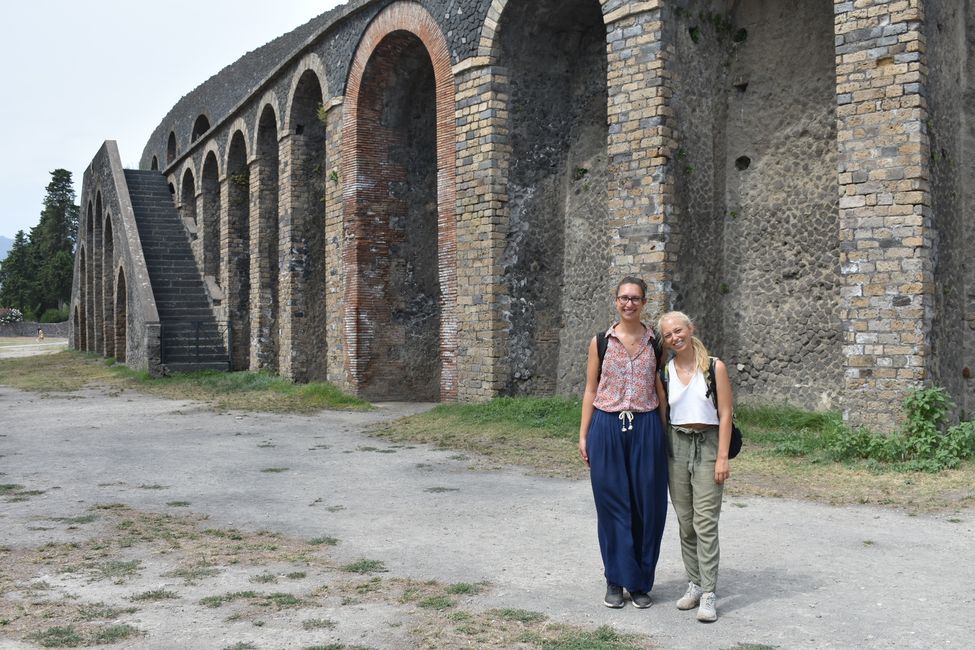
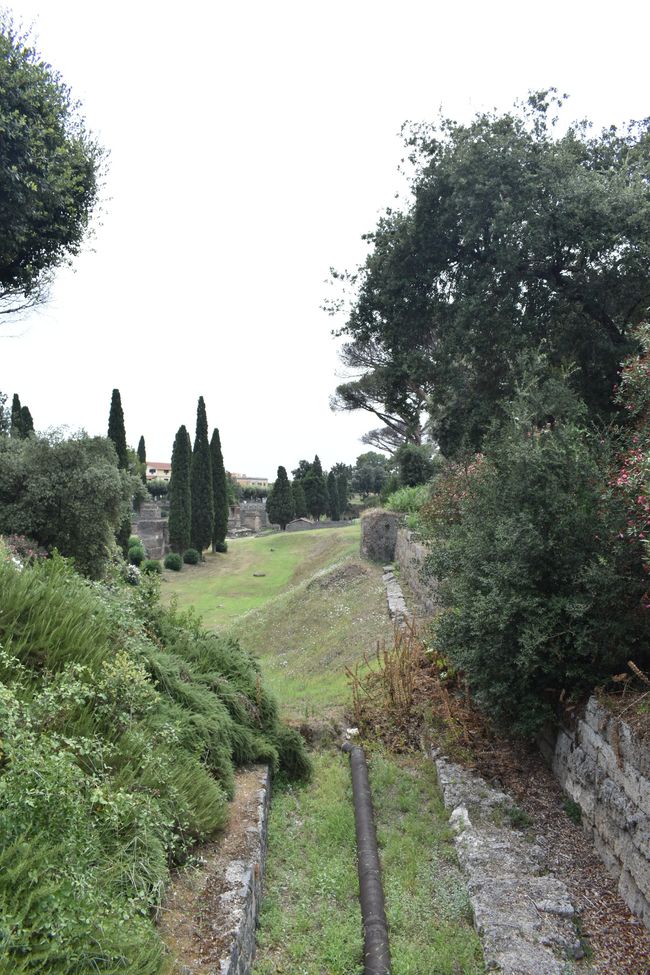
Subscribe to Newsletter
We were recommended by several people to visit Mount Vesuvius as it is so close to Naples and Pompeii. So, we buy tickets for the National Park entrance (just under €10) and find the appropriate public transportation connection. We are supposed to take a train to Pompei Scavi and then a shuttle bus from there to the upper parking lot at an altitude of 1000m. The train is operated by Circumvesuviana, so it doesn't depart from the regular trains at the main train station, but rather from the underground, like the metro. The train is very old and packed with people. We are already sweating and are relieved when we finally arrive after three-quarters of an hour. The bus stop is directly opposite the train station. The bus takes us up for €3.10 in about an hour.
Mount Vesuvius is an active stratovolcano in the Gulf of Naples, 9km from the city. It is 1281m high. The activity of Mount Vesuvius triggers recurring Plinian eruptions. Typical signs of this are the rising of a kilometer-high eruption column and the rapid ejection of large amounts of volcanic material. Additionally, there are pyroclastic flows and effusive lava emissions. The subsequent period of dormancy can last several hundred years and ends with a new eruption. The term Plinian eruption is derived from Pliny the Younger, who accurately described the eruption in 79 AD. Mount Vesuvius remained active for centuries after 79 AD. Since its last eruption in 1944, it has been in a state of rest.
The National Park offers many opportunities to hike up Mount Vesuvius from lower points. However, these starting points can only be reached by car. There are a total of 11 hiking routes, but 5 of them are currently closed. Additionally, it is quite hot. Route No. 5 'Il Gran Cono' (the large cone) goes around the crater as the name suggests. This route starts at the entrance of the National Park and is mostly used by visitors because of the low altitude difference from the parking lot. At the beginning of the path, we walk up the loose rocks in switchbacks towards the crater, which we reach after about 20 minutes. Various viewpoints are protected by railings. Climbing on the rocks is strictly prohibited in all other areas. The cone of Vesuvius is quite steep. There is loose rock on many sides. The rock at the edge varies from very rough to smoothed. There is a rocky side but also a green overgrown side. Here, not only grass but even a few trees grow. In addition, there is a consistently breathtaking view from the entire path of the Gulf of Naples - from Naples itself, over Pompeii to Sorrento and even to Capri. That impresses us quite a bit. There are many tourists around the crater. Both in front of and inside the National Park, there are many souvenir shops, which surprises us a bit. However, there is only one restroom in the bistro in front of the entrance. When we return to the parking lot, fortunately, there is already a bus waiting that takes us back to the train station. We realize that the buses here do not run on a schedule but rather whenever it suits the bus driver. At times, there are 3 shuttle buses on the parking lot at the same time, although there should only be one. Well, good for us, so we can quickly get back down. We are also lucky at the train station because the train to Naples is delayed, so we manage to catch it.
We leave our beautiful B&B in the morning after saying goodbye to Pepe, our host. On the way from Naples to Salerno, we want to make a stopover in Pompeii. So, with our large backpacks, we head to the main train station. We have actually chosen a train connection at 9:17 am. On the large display board, we see that the train departs from platform 6 at 9:17 am. This platform is slightly outside the main hall, and we board shortly before departure. We become suspicious when the announcement comes that we will reach our destination station at 10:05 am. We should actually arrive in Pompei shortly after that. First, we check maps.me to see where we are going, and we immediately realize that we are going in the opposite direction. Then we also see on trenitalia that the train to Pompei is actually a metro. So, at the next station, we get off right away. There we wait for the train that takes us back to the main train station for almost half an hour. Then we make our way to the metro, where an employee also points out that we are in the right place. The metro to Pompeii departs at 10:27. The day before, we also got entrance tickets (€3.50 for EU citizens under 24 years old, otherwise €16) for the archaeological site, which are only valid from 10:15-10:30 am. We think that the full price of admission to the excavations is more than justified. Fortunately, at the train station in Pompei, we can immediately get rid of our backpacks (€2.50 per piece of luggage), so we can go on our way with just a small backpack. Just before the entrance, we get a map and two audio guides from one of the many tourist offices. Without any major problems, we also enter the site with our expired tickets. A German-speaking guide immediately tries to assist us, but we already have audio guides. We are ready to explore the ruins.
Pompeii was an ancient city on the Gulf of Naples (Pompei is its present-day counterpart), which was buried under volcanic ash during the eruption of Mount Vesuvius in 79 AD but was largely preserved. The archaeological site has been a UNESCO World Heritage site since 1997. After the burial, the city was forgotten over the centuries and was rediscovered only in the 18th century, becoming a central object of archaeology and the study of the ancient world. Pompeii is one of the best-preserved ruins of the ancient world. In 62 AD, the city was heavily damaged by an earthquake. The reconstruction work had not yet been completed in some areas when the eruption of Mount Vesuvius occurred 17 years later. The loosening of the volcanic plug and the steadily increasing pressure in the magma chamber led to the sudden destruction of the volcanic plug and its ejection. There had been signs of the eruption a few days earlier, which is why some of the residents had already left the city. The eruption ejected large amounts of ash, lava, and gases into the atmosphere, which were carried by the wind over the land towards Pompeii. Shortly thereafter, pumice stones began to rain down, causing roofs and houses to collapse. The vent closed several more times and erupted. A cloud-like rain of eruptions caused large amounts of ash in mudflows. Most of the residents had suffocated or were crushed by falling rocks after the 18-hour eruption. Pompeii lay buried under a layer of volcanic ash and pumice stone up to 25 meters thick for over 1500 years.
The area that can be visited encompasses almost the entire former city. It consisted of regions consisting of various insulae on which the houses stood. The regions and insulae can be used as orientation during the visit, although it is not always easy...
There is no way we can list all the buildings/structures/houses we visited. But here are some that have particularly stuck in our memory.
The Amphitheater: it is located right at the entrance we chose and is impressively huge. It was the first known amphitheater ever and could accommodate 20,000 spectators. Gladiator fights were held there, as graffiti on the city's walls indicate.
The Palaestra: the large sports center even had a swimming pool and is surrounded by colonnades. The gladiators also used it for training. In the exhibitions there, you can find various small artifacts, including dice games. Very impressive!
The property of Julia Felix: the property is located right next to the Amphitheater and occupies almost two whole insulae. In the huge garden, there are not only pomegranate trees, but the villa also had its own thermal facilities and an impressive view of Mount Vesuvius. The atrium, from which columns and wall paintings are well preserved, is beautifully designed. We would live here, too.
The Roman Forum: it is huge and located in the middle of the old town. Its buildings come from different periods, as do the temples that surround it. The square served as a market, as evidenced by the large market hall on one side, which appears very authentic due to the artifacts stored there, such as vases and other vessels. Before the first theater was built, the Forum was also an important gathering place for the city. On the south side, there were also the municipal offices and polling places.
The taverns and the laundry: these buildings particularly fascinated us because they seemed so lifelike. Especially with the taverns, we picture a cafeteria in our minds due to the deep containers in the counter.
We are repeatedly pointed to advertisements on the walls, especially apparently election propaganda, as the audio guide tells us several times. What particularly sticks in our memory is the candidate who promises good bread for the residents of the city. As Germans who have been abroad for 2 months, we definitely think this is an important concern.
It is also great that the gardens are restored. Vegetables, fruit, and a lot of wine are also grown there. This makes everything appear more lively and constantly delights us. We are also constantly impressed by the view of the surrounding mountains or the sea.
Of course, the people who could be unearthed are special. Some of them are also exhibited in various places. One of the most famous is the woman who tried to escape, as this find was also the first time strong emotions were associated with it - at least according to the plaque. The fact that the people are 'displayed' is rather strange to us, but we hardly encounter any.
Pompeii especially impressed us because it is so well-preserved and represents all facets of life and tragedy from that time, allowing us to imagine it quite well. History lessons can be exciting, we would say. Additionally, the archaeological site is huge. For anyone particularly interested who wants to take in everything, it might be a good idea to plan for 2 days. We didn't manage to see everything, and our heads were starting to ache after a while.
Subscribe to Newsletter
Answer
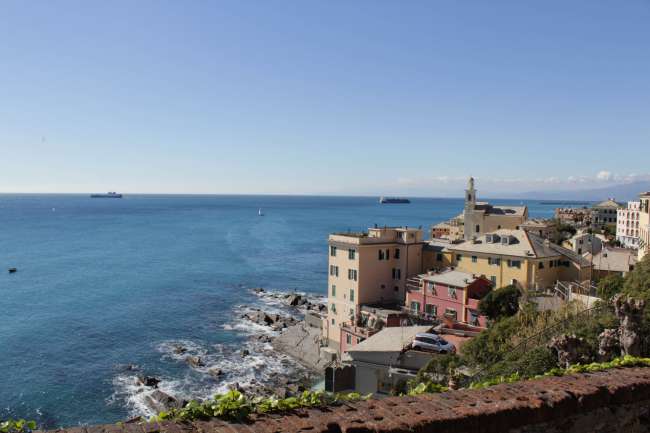
Travel reports Italy
